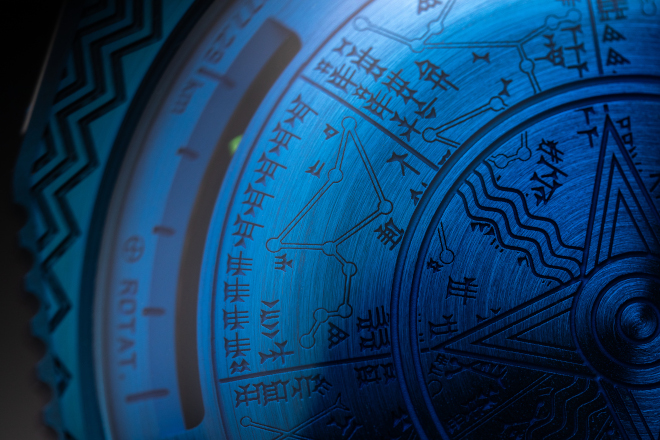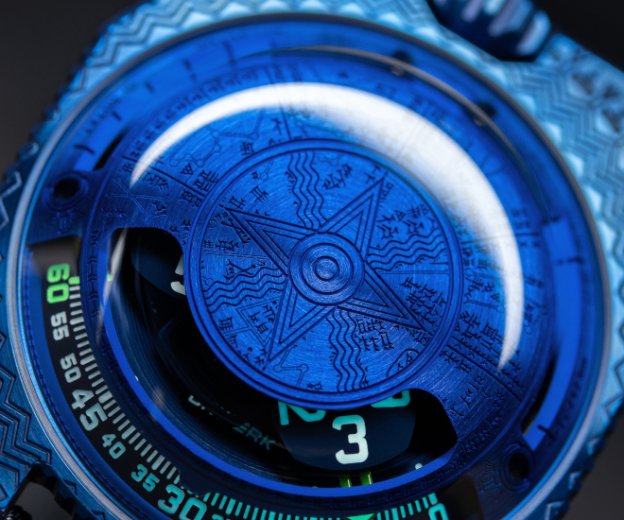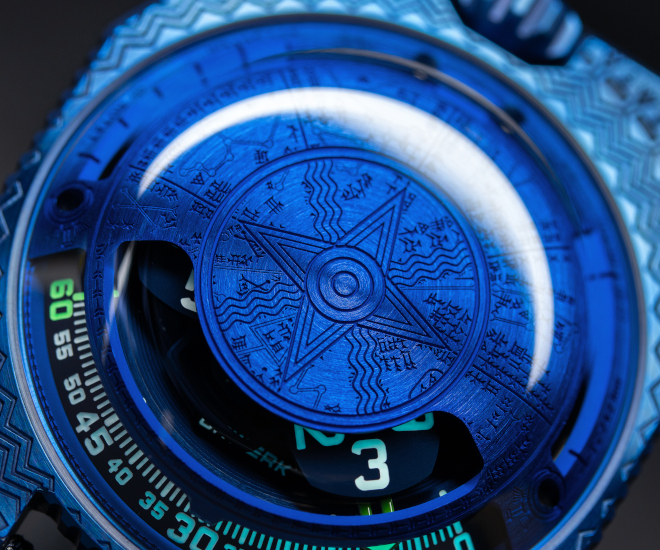
As Martin Frei, one-half of the founding members of Urwerk puts it “To make watches, one must first be interested in time.” Indeed, Urwerk is a brand that not only pushes the boundaries of timekeeping from the mechanical sense but also from a philosphical perspective. Previously they made a device with a 1,000-year indicator and today, they offer up a timepiece that pays tribute to one of the pioneering civilisations to keep time, the Sumerians, inhabitants of Ur.
This watch, the Urwerk UR-100V “Time and Culture II” is particularly important to the brand as the ancient city of Ur is where the Ur in Urwerk comes from. Interestingly, when we had a conversation with Frei on one of his visits to Kuala Lumpur, he mentioned that the whole “Time and Culture” collection was actually inspired by a customer from Singapore who requested from Urwerk a timepiece that looks back at the history of timekeeping. From there, the Time and Culture I was born. This first watch reproduced a replica of an actual Mayan calendar that was engraved in stone on the dial. And now, for the second watch in this collection, they travelled to the heart of the Mesopotamian civilisation.
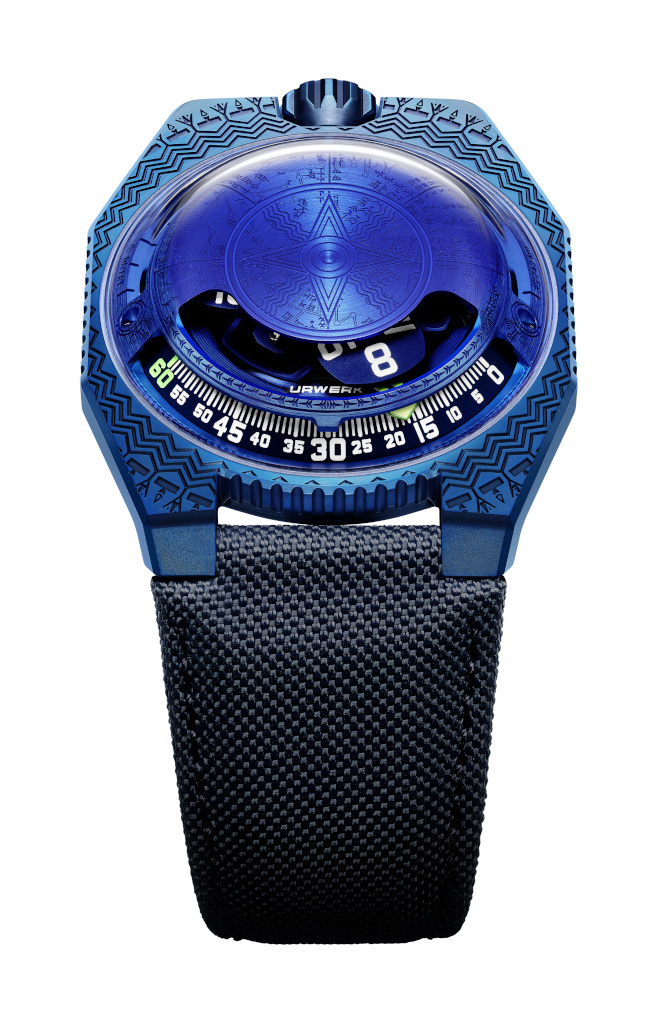
The main engraving on the dial of this watch bears an insignia which the Sumerians used to represent the sun god. Here, depicted in its original 2,000-year-old form, it is still surprisingly contemporary bearing four points that today represent the four cardinal points: North, South, East and West. Throughout the dial, the intricate engravings mirror authentic Sumerian sky charts, highlighting their observation of the night sky and also some say the base foundation of Astronomy as we know it today.
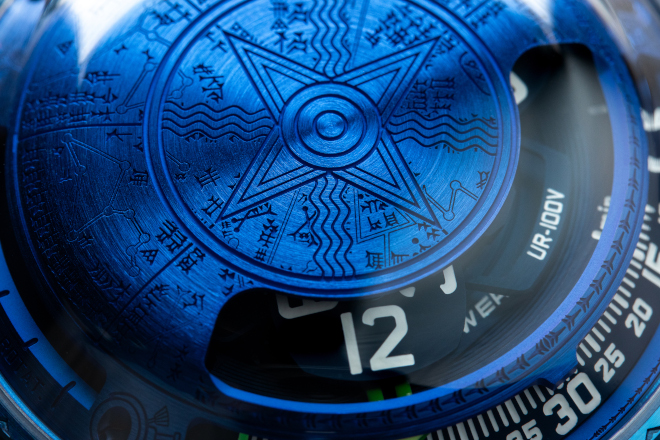
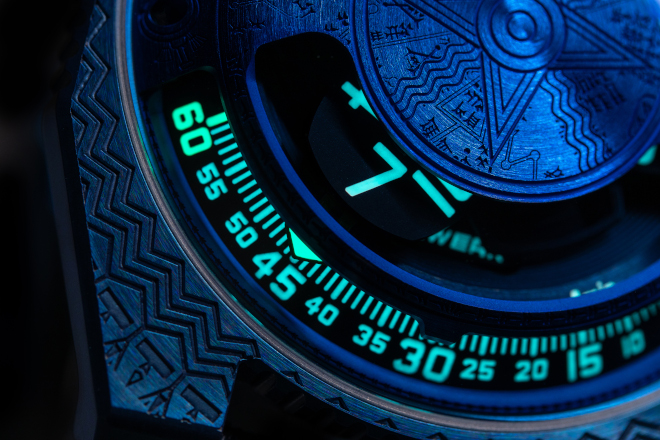
Just as with the first watch, the etchings on this version have also been engraved by laser and the ridges are satin-finished. The entire dial has also been given a blue tint as a reference to lapis lazuli, a stone that is linked to Innana, the goddess of Love, War and Fertility.
Powering the watch is the Calibre UR 12.02 movement but a nice touch for this timepiece is that two additional indications have been added to the dial. When the arrow disappears from the minute counter at the 6 o’clock position it will next show up at the 10 and subsequently 2 o’clock position. These two counters track first the 477.29 kilometres covered every 20 minutes indicating the distance travelled by each inhabitant of Ur as the earth rotates around its axis; next is the 35,742 kilometres that the earth travels as it rotates around the sun within a 20-minute window.

